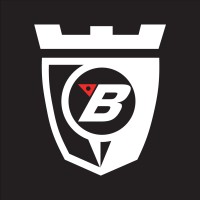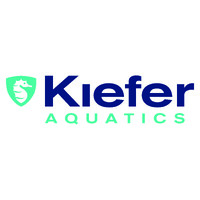
Brosnan Golf
For over four decades, Brosnan Golf has proudly crafted a legacy of excellence in the Australian golfing scene. Our journey began in 1977 with a simple mission: to create exceptional golf products that inspire golfers to unleash their true potential. Today, we stand tall as a trusted brand offering a comprehensive range of premium golf products, including club packages and sets, buggies, shoes, balls, and accessories. Our rich history adds immense value and credibility, symbolising our unwavering commitment to quality, performance, and innovation.






